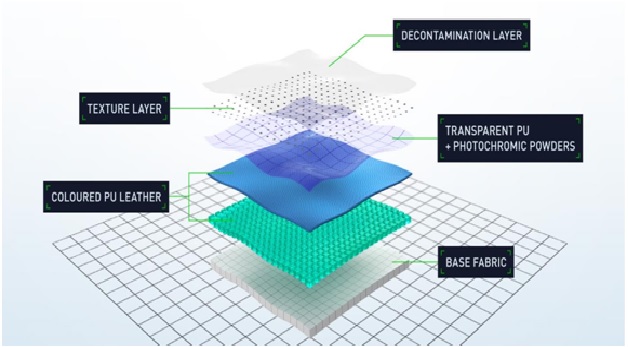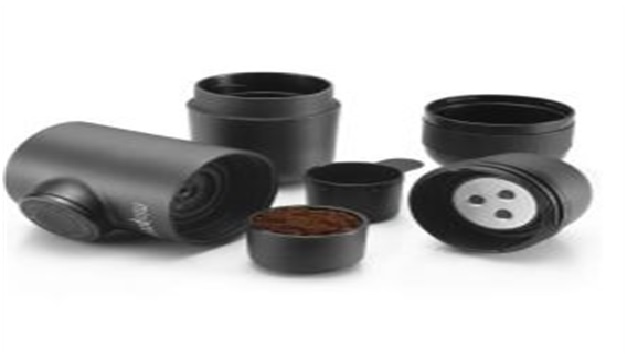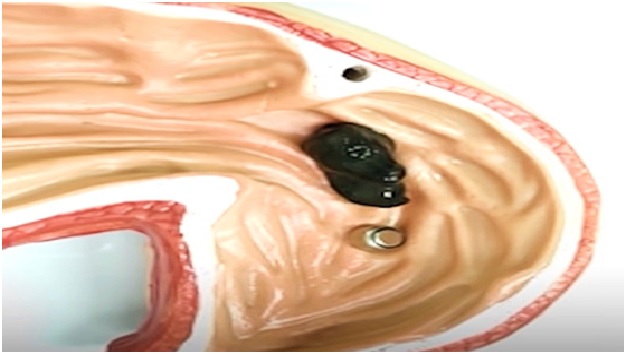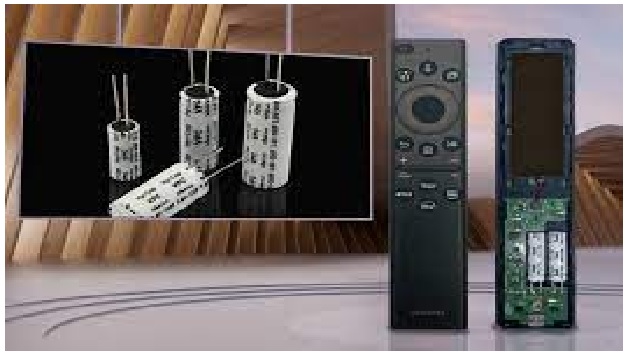The Technology of Fibre with Fabrications
Scientists have created a fabric which can pick up sounds and could be used as a hearing aid, to monitor heartbeats or even in spacecrafts. [1] The new fibre works like a microphone. It picks up sounds and turns them into vibrations and then electrical signals, in a similar way to how ears work. Figure 1 shows the process of fibre into fabrications.
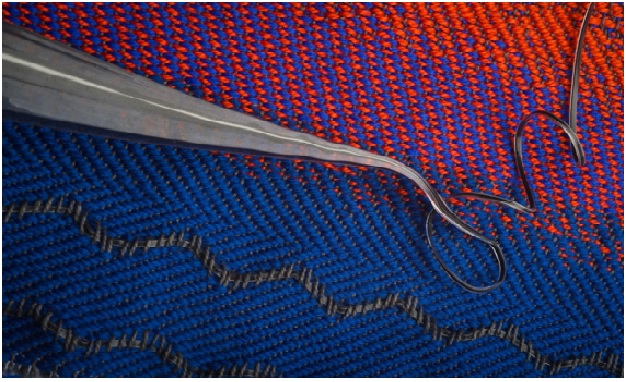
Figure 1: The Fabrications hear the sound
When woven into a shirts lining, the researchers say the fabric can even detect a wearer's heartbeat. The fabric can capture sounds as low as a quiet library to louder sounds like heavy road traffic. It can even tell the precise direction of sudden sounds like hand claps.
A piezoelectric fibre that enables fabrics to detect sound has been developed by a research team in the US. According to the team, a single strand of this fibre can turn tens of square metres of fabric into a microphone that senses mechanical vibrations created by sound and converts them into an electrical signal. [2]Reporting their findings in Nature, the researchers demonstrate that when used to create clothes, such fabrics could enable a range of medical and communications applications.
As pretty much everyone wears fabrics close to their skin every day, materials scientist Wei Yan, who was based at Massachusetts Institute of Technology but recently moved to Nanyang Technological University in Singapore, and his colleagues wondered whether fabrics could be used to detect and process sound.
Noise pollution is almost everywhere. This sound, however, can be used to produce electricity. The MIT researchers did just that by looking to the human auditory system as inspiration.
The eardrum is known to transduce sound pressures into mechanical vibrations. The sound pressures (or sound waves) from the eardrum travel to the cochlea, the spiral cavity of the inner ear. [3] In the cochlea, short cilia fibers convert sound waves into electrical signals that are carried to the brain by the auditory nerve.
Analogous to this process in the biological auditory system, engineers have developed ways to convert vibrations from sound to useful electricity by employing electronic components like induction coils. Through electromagnetic induction, vibrations caused by sound can be converted into electrical energy. By using a suitable transducer connected to an induction coil, electromotive force (EMF) is produced as a varying magnetic field around the induction coil.
In testing, the fabric was able to pick up a wide variety of sounds, vibrating in proportion with the noises that happened around it. “This shows that the performance of the fiber on the membrane is comparable to a handheld microphone,” said Grace Noel, a co-author on the paper.
They then wove that acoustic fabric into more traditional yarns, creating a piece of textile that could be draped and washed just like a traditional fabric.
References:
- https://www.bbc.co.uk/newsround/60780592
- https://physicsworld.com/a/acoustic-clothing-can-hear-your-heart-beat/
- https://www.allaboutcircuits.com/news/clothing-that-can-hear-mit-researchers-create-acoustic-fabric/
- https://www.independent.co.uk/tech/fabric-hear-acoustic-textile-breakthrough-b2037318.html
Cite this article:
Vinotha D (2022), The Technology of Fibre with Fabrication, AnaTechMaz, pp. 135






